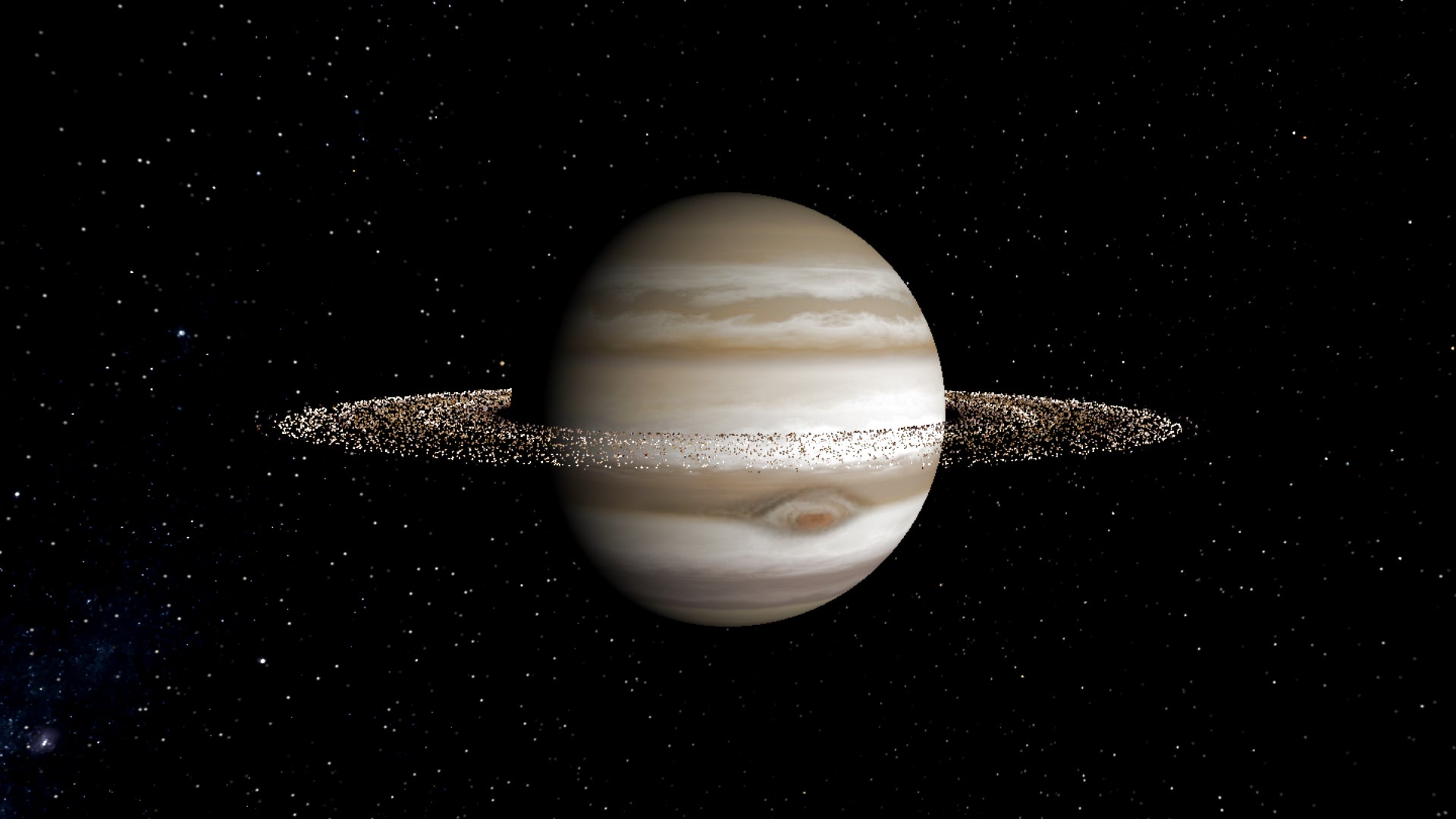China will launch two spacecraft to Jupiter and Uranus to study the origins of the solar system
The mission, Tianwen 4, will send a probe to Callisto, Jupiter’s second largest moon after circling Earth and Venus

China will launch two craft towards Jupiter and Uranus as part of a single mission in 2030.
The mission, dubbed Tianwen 4, will send the two probes on a Long March 5 rocket by a flyby around Venus and two flybys past Earth to build up enough momentum to send the craft on its course.
The details, presented at the International Astronautical Congress 2022 by Wang Qiong of the China National Space Administration’s (CNSA) Lunar Exploration and Space Engineering Centre, will help humans understand the outer moons around Jupiter, although specific targets are still debated.
"The scientific goals are still under consideration," Mr Wang told Space.com. It is possible that China would focus on Callisto, Jupiter’s second largest moon, or some of the stranger satellites around the planet that would reveal how the solar system first developed.
The Chinese space agency was previously considering a lander as part of the mission to Callisto, but latest concepts do not include it, Mr Wang added.
The missions, alongside the plan for an International Lunar Research Station, aims to "promote the utilization of human resources to create a new pattern of international cooperation in space exploration to make contributions to the peaceful use of space."
China and Russia are building the station together, but have said that it will be international and “open to all interested countries”.
Though no timeline is accorded to the project, the lunar science station is being envisioned as a “complex of experimental and research facilities created on the surface and/or in orbit of the moon”. It is expected that it will be completed in the 2030s.
China is also planning missions to our own Moon, having discovered a mineral in samples of rock that could provide energy on Earth.
Last week, state media announced the discovery of Changesite-(Y), a phosphate mineral containing helium-3 that could prove to be a valuable lunar resource. It is the sixth mineral to be found by humans on the Moon.
Subscribe to Independent Premium to bookmark this article
Want to bookmark your favourite articles and stories to read or reference later? Start your Independent Premium subscription today.

Join our commenting forum
Join thought-provoking conversations, follow other Independent readers and see their replies